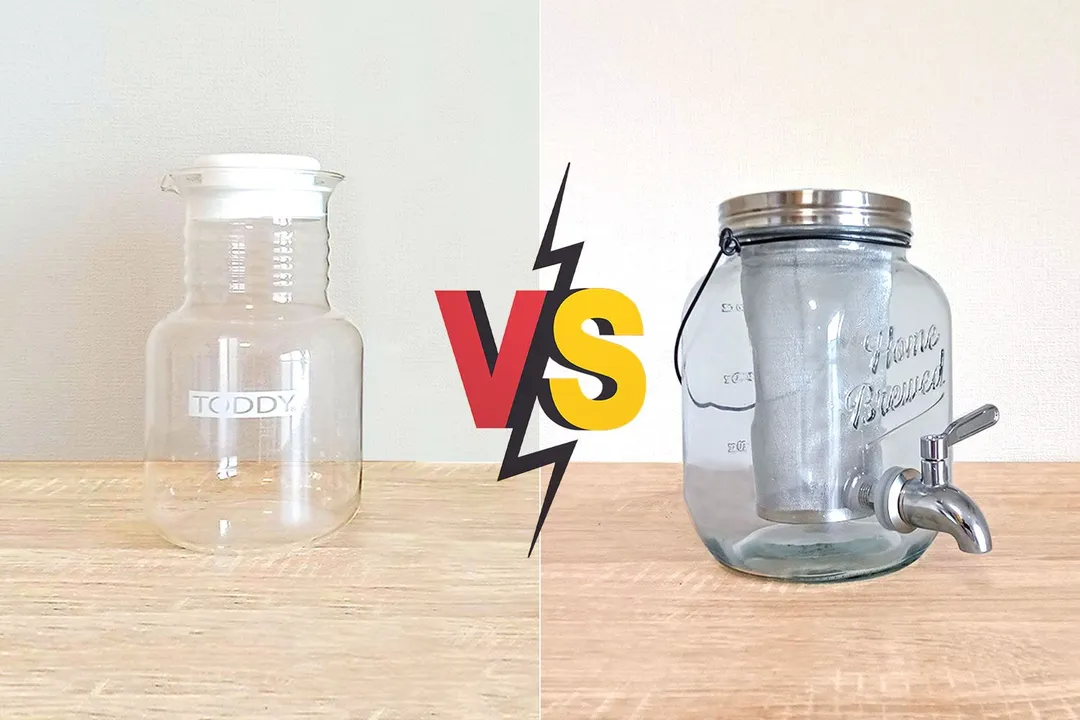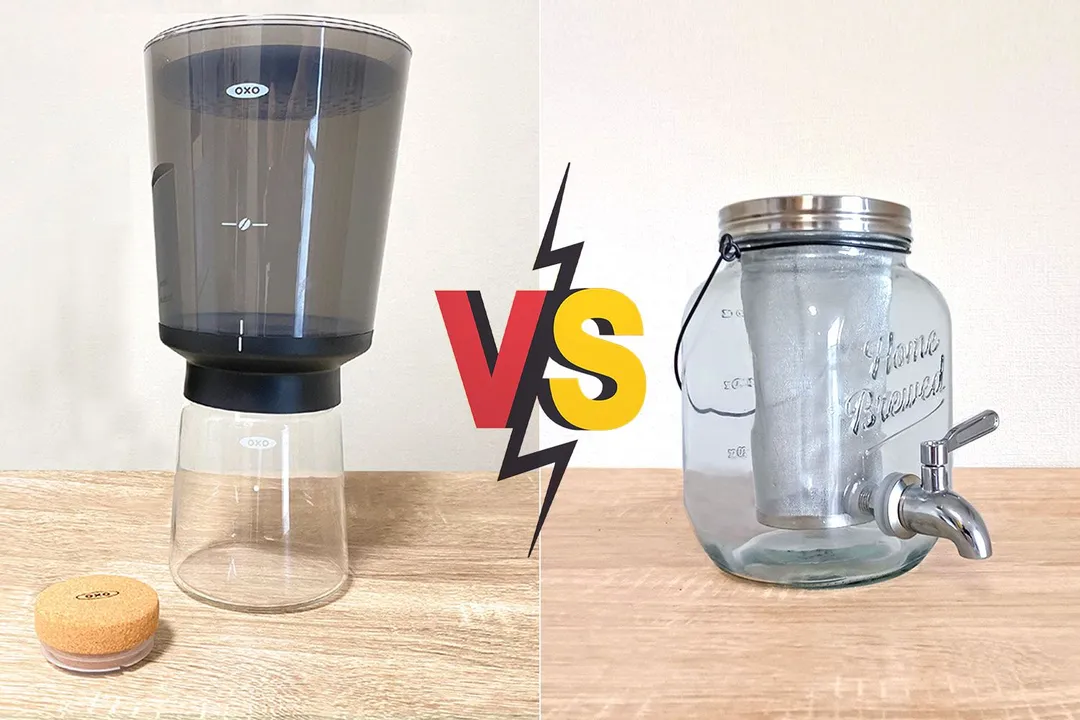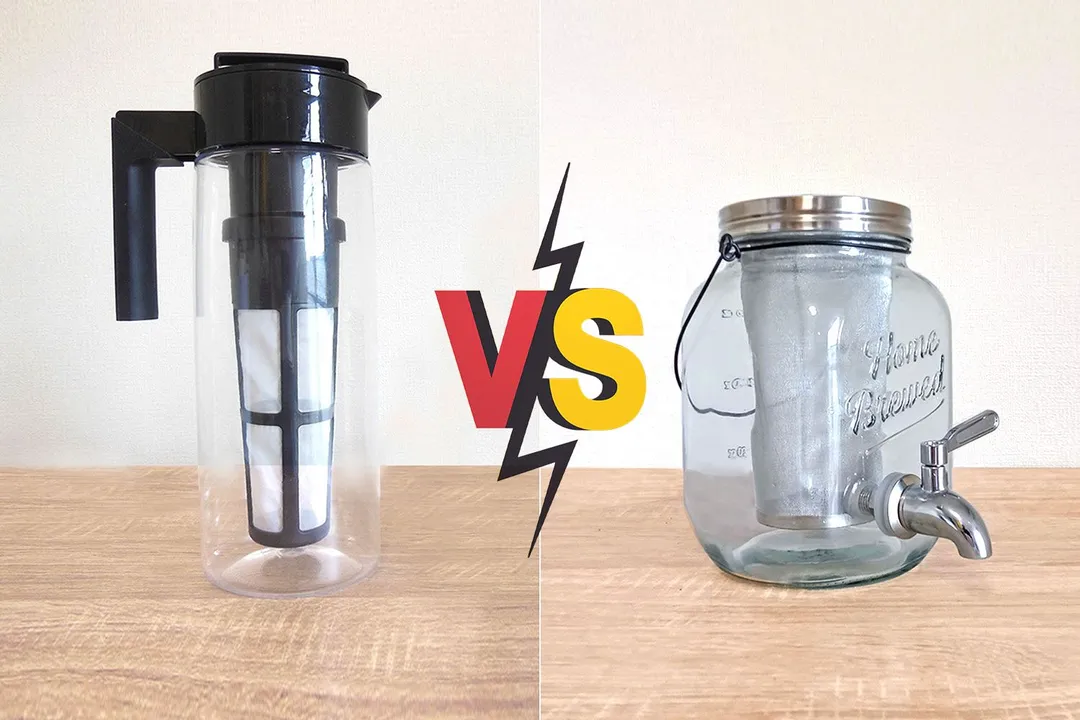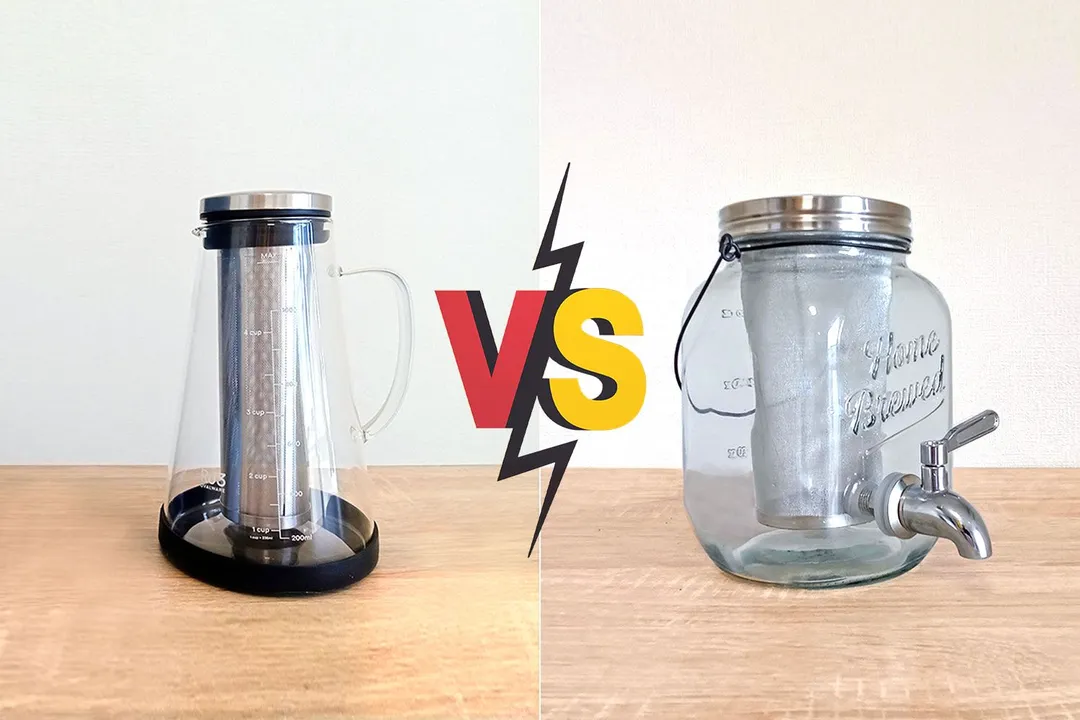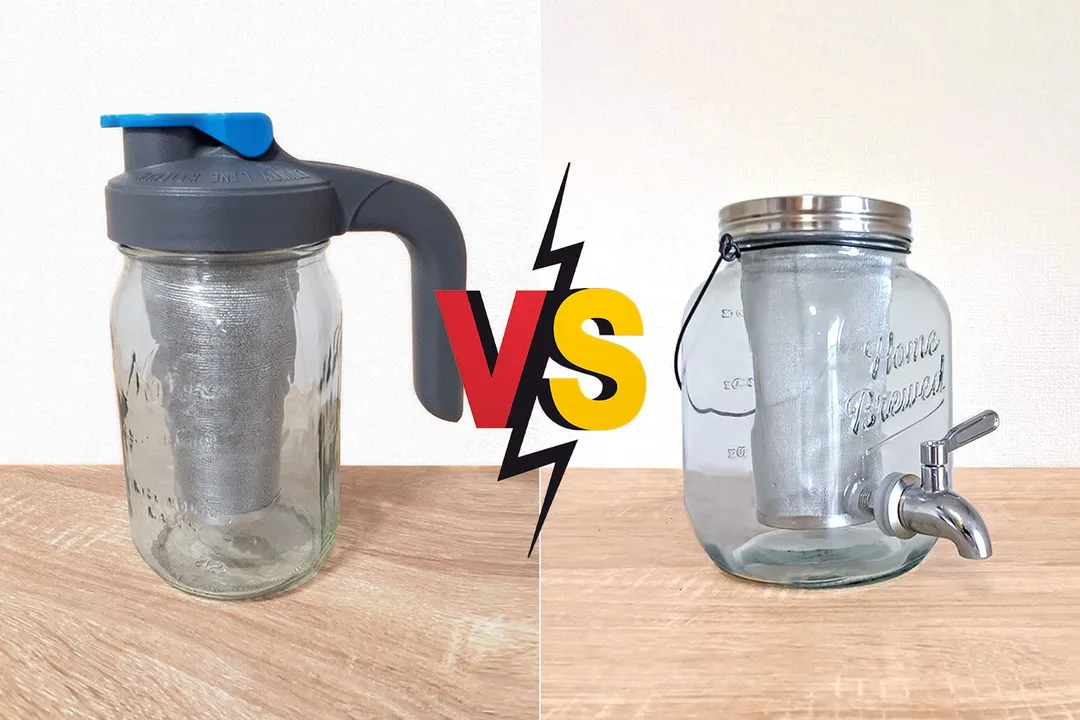Our recommendations are made independently through Research & Testing. We may receive commissions from purchases made via our links.
Willow & Everett vs Coffee Bear Side-by-Side Comparison
Coffee Bear cold brew coffee maker vs Willow & Everett mason jar. Two very different brewers, each with its own design and quality issues.
Willow & Everett 1 Gallon
Tested Using Methodology v1.0Coffee Bear
Tested Using Methodology v1.0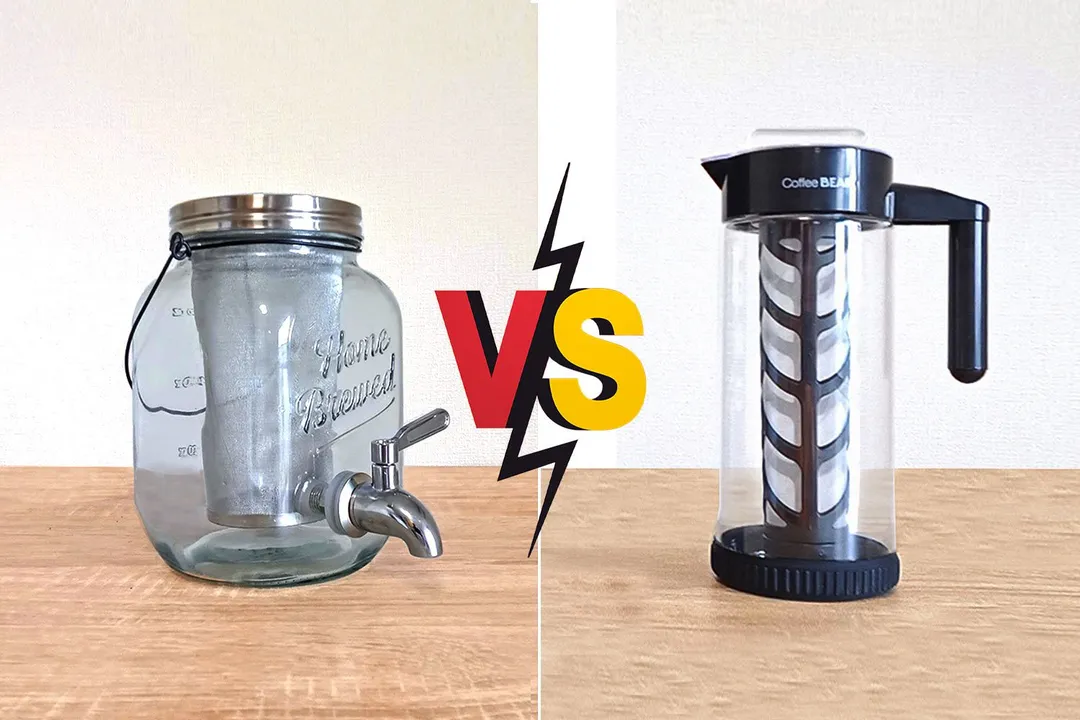
Overall Verdict
There are a couple of cold brew coffee makers that are almost identical to the Willow & Everett, or at least little difference between them. By the same token, Coffee Bear is almost identical to Coffee Gator.
Coffee Gator is the better product and comes with additional accessories. While both brew in the refrigerator door, the silicone base of Coffee Bear is not well designed and makes the carafe a difficult fit for smaller refrigerators.
Comparatively, the Willow & Everett one gallon is more for brewing large batches on a shelf. Both the half and full gallon brewers have similar quality and design issues. The spigot is not ideal; it doesn’t pour so smoothly, it can have problems with leakage, and the glass around the spigot is prone to break if handled roughly.
Pros & Cons
- Funky design
- Brew ratio
- Brew quality
- Tap dispenser
- Glass decanter
- Lid design
- Twist to pour
- Lid design
- Weak glass around tap
- Tap is temperamental
- No literature
- Silicone base not top quality
- Handle not so comfortable
- Appears to be a generic copy
Key Specs
Where to Buy
*You help support HealthyKitchen101's product testing and reviews by purchasing from our retail partners.
Analysis and Test Results
Brew Quality
Bouquet
Drinkability
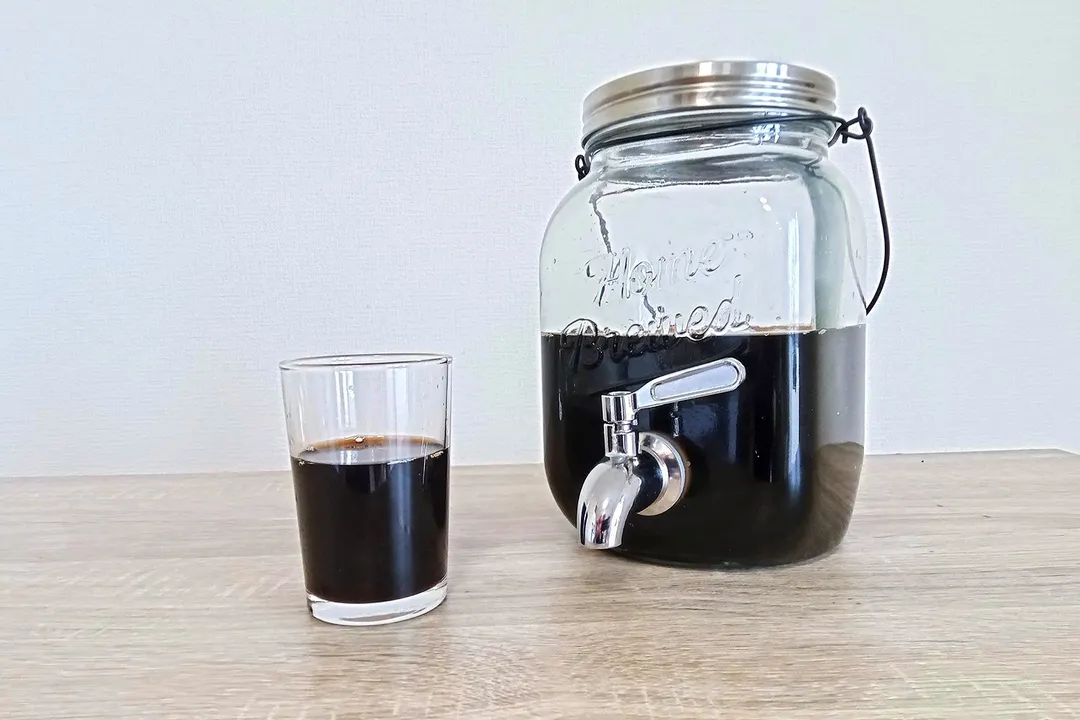

Sediment
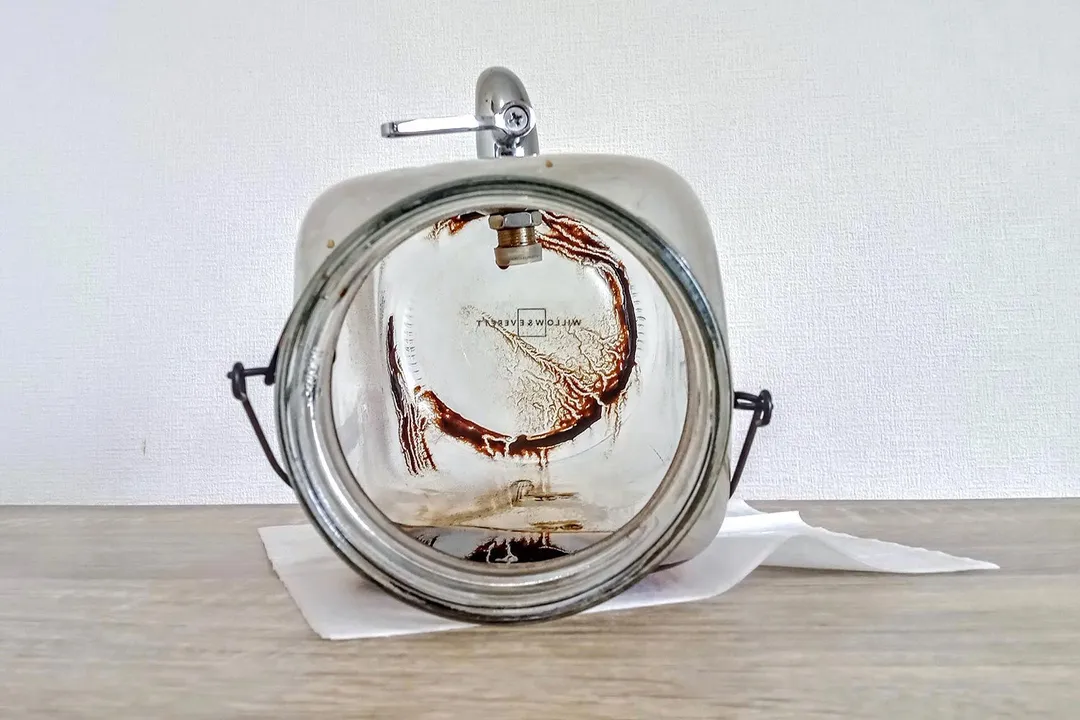
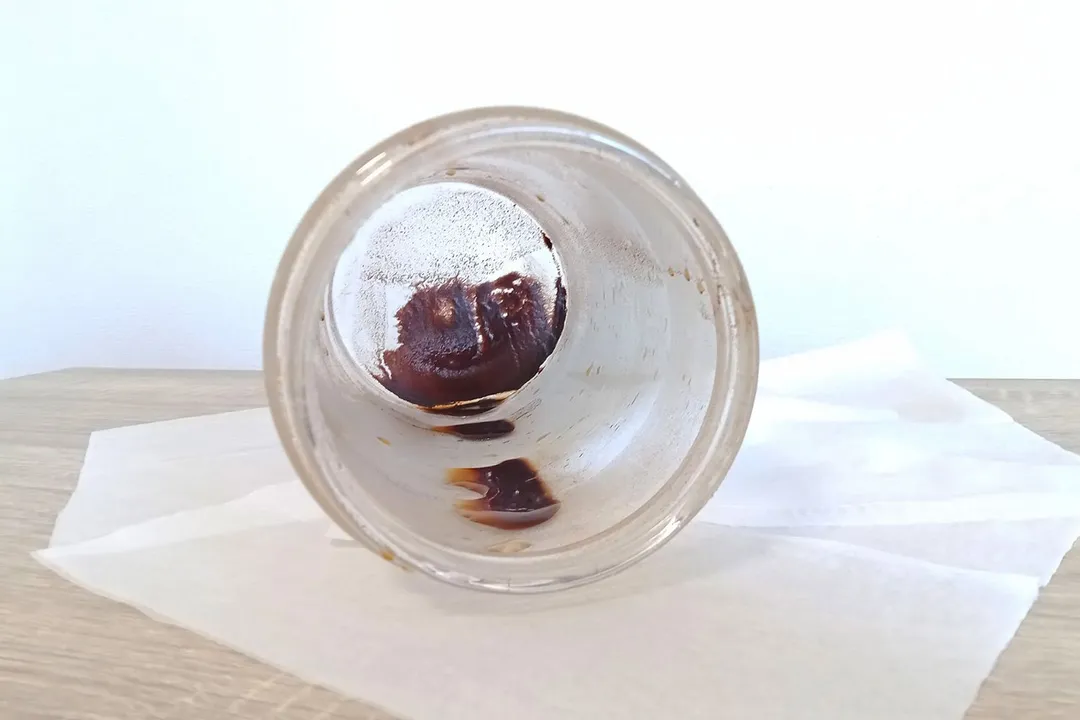
Design
In the Box

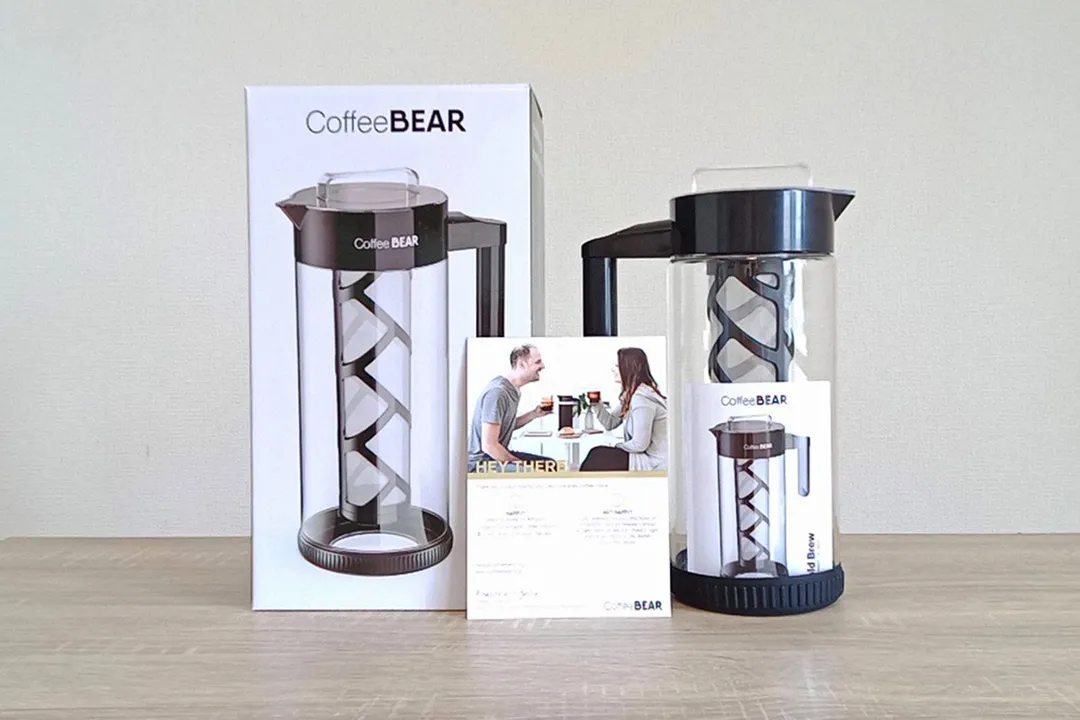
Decanter
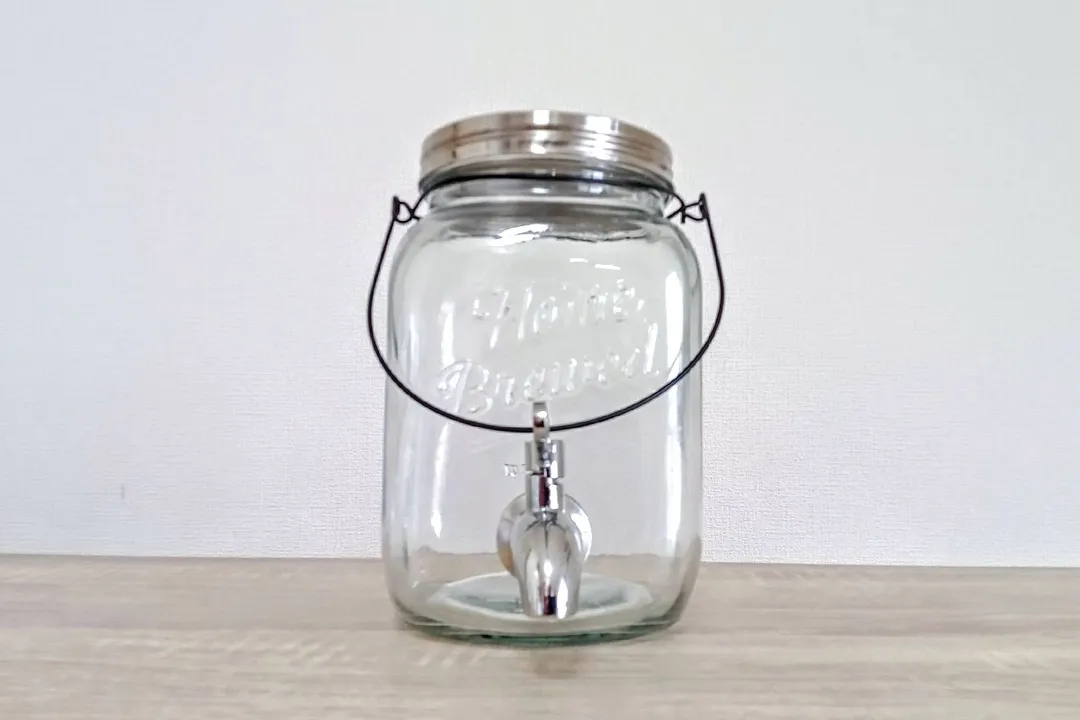
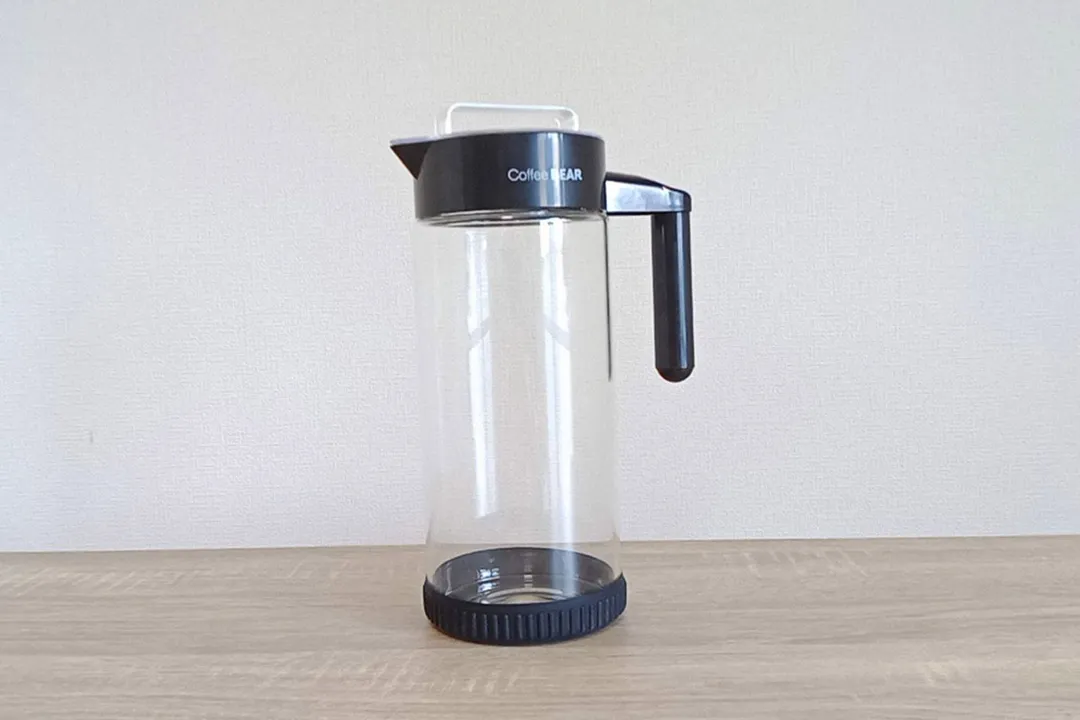
Stopper / Lid

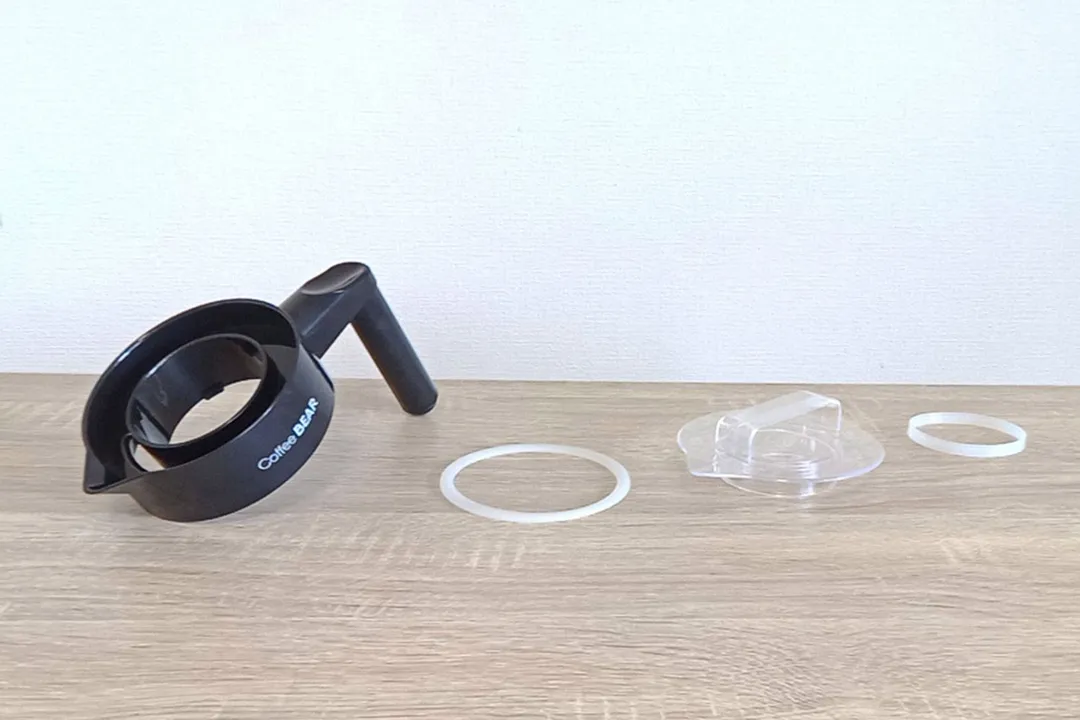
Filter

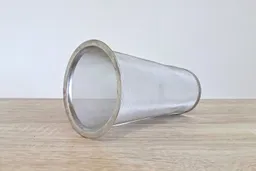

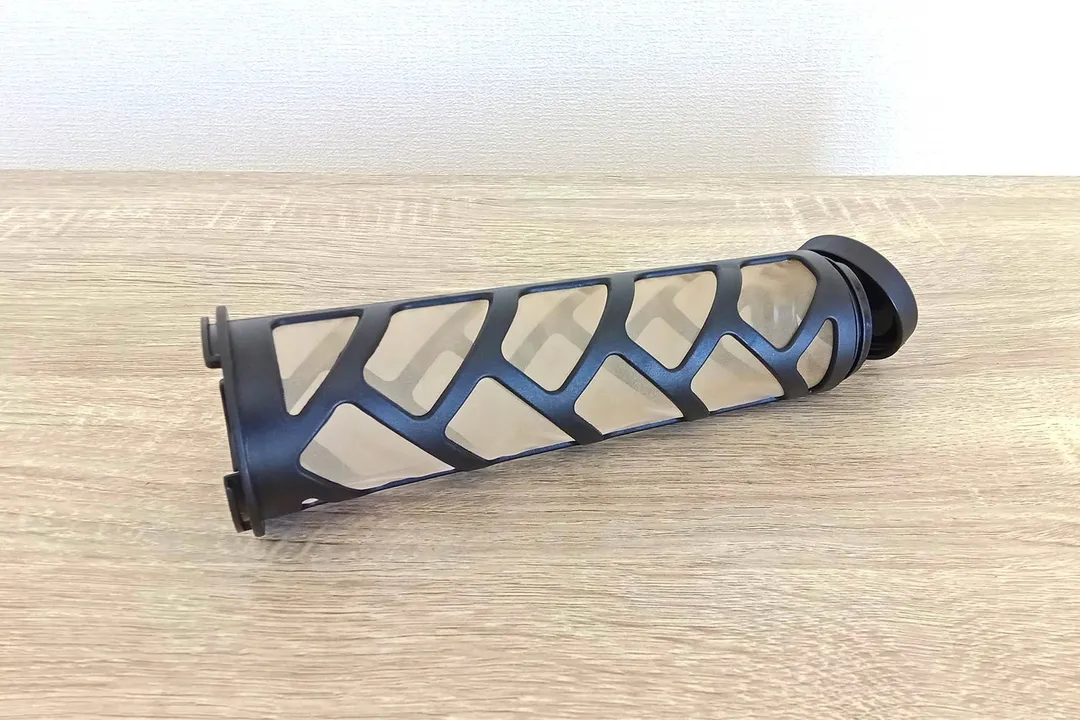
Build Quality


Usability
Brewing

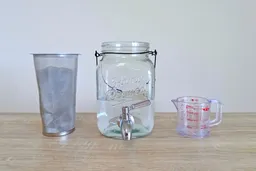

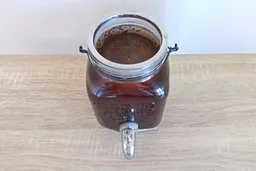
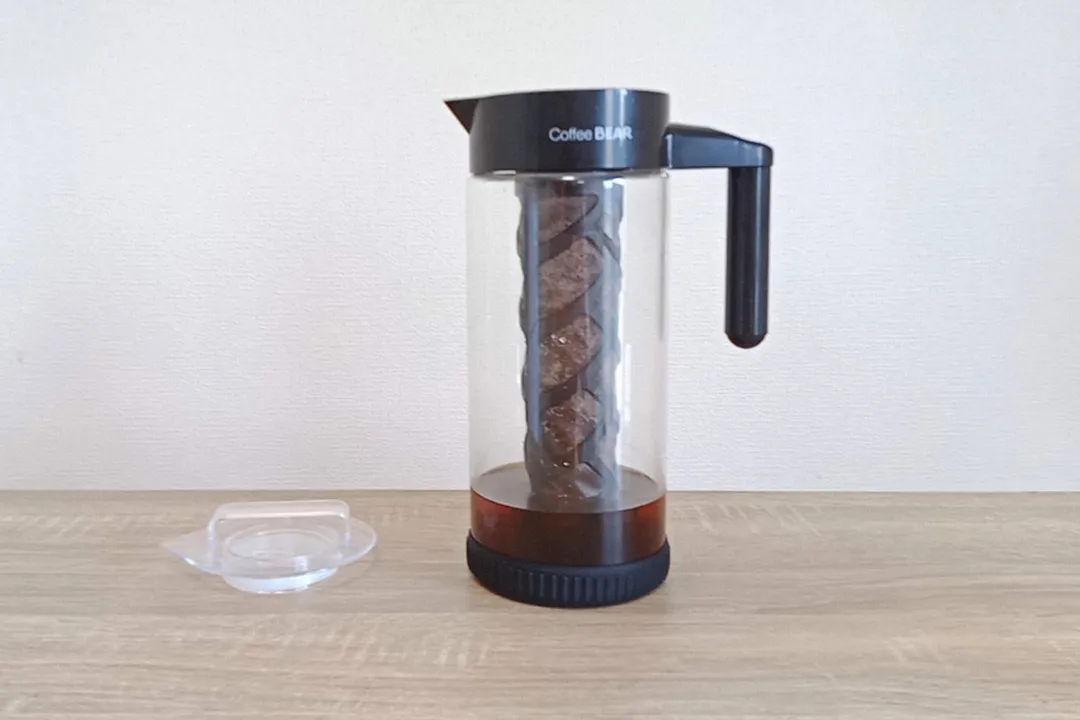
Decanting
Cleaning and Storage
Behind the Comparison
Roger Shitaki is a writer, author, and editor. His niches are household appliances, health & wellness, and travel. He’s a freelance contributor to a Tokyo lifestyle website and a leading ophthalmology magazine in Asia.

